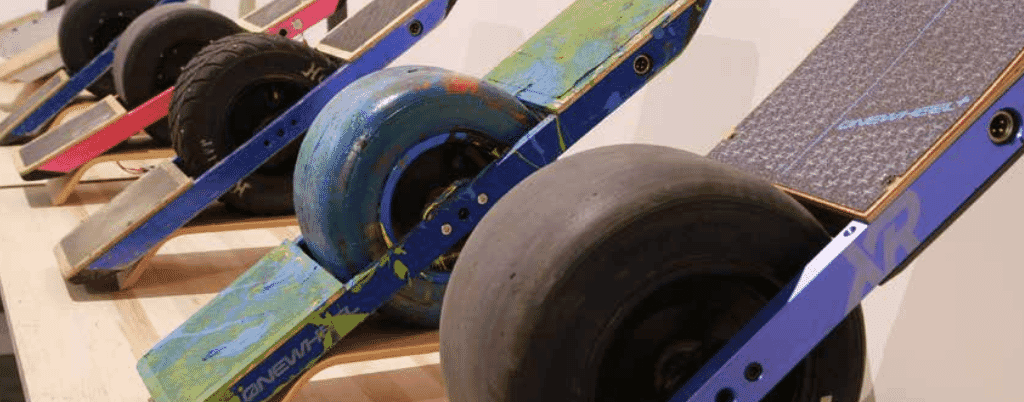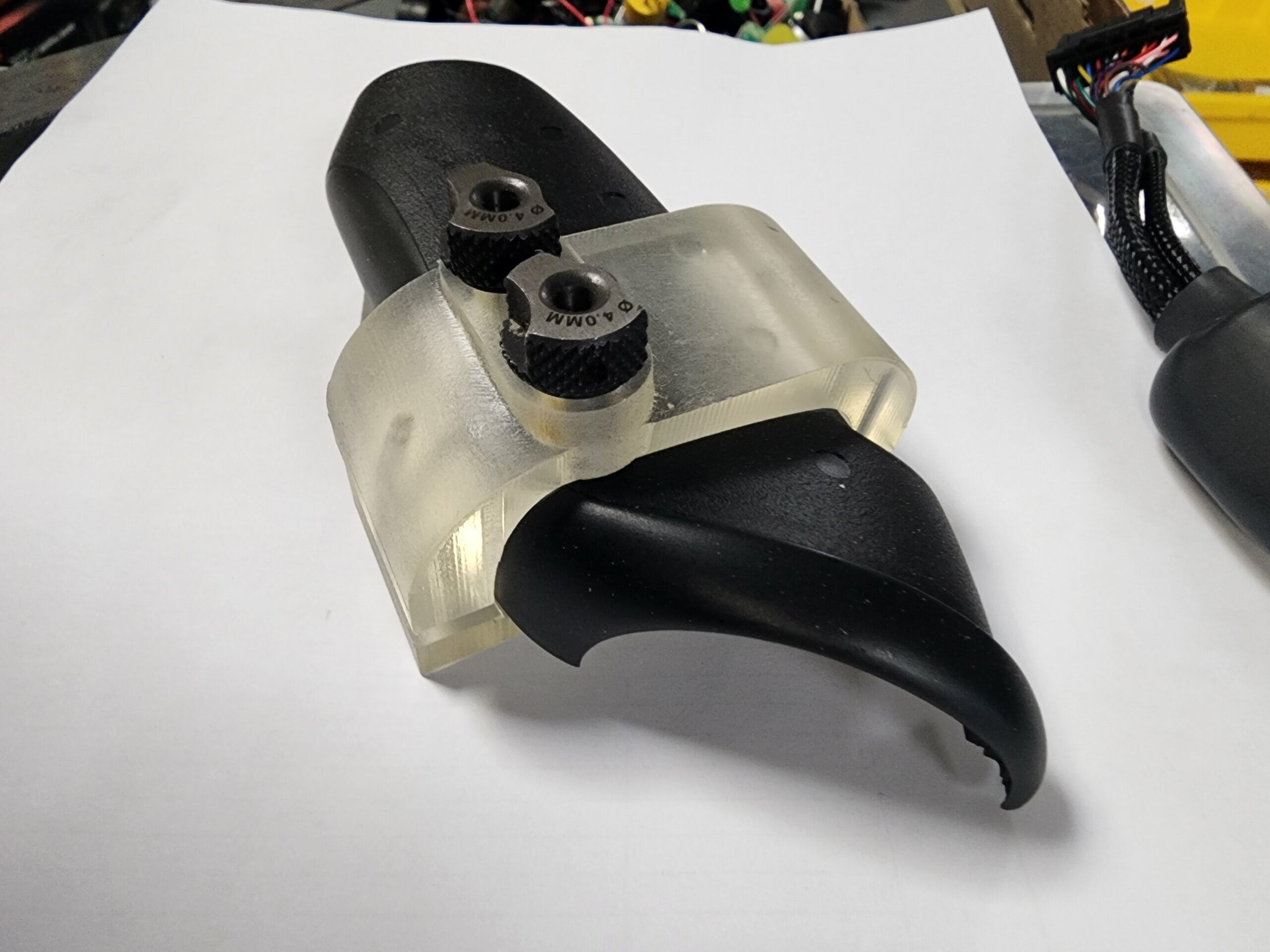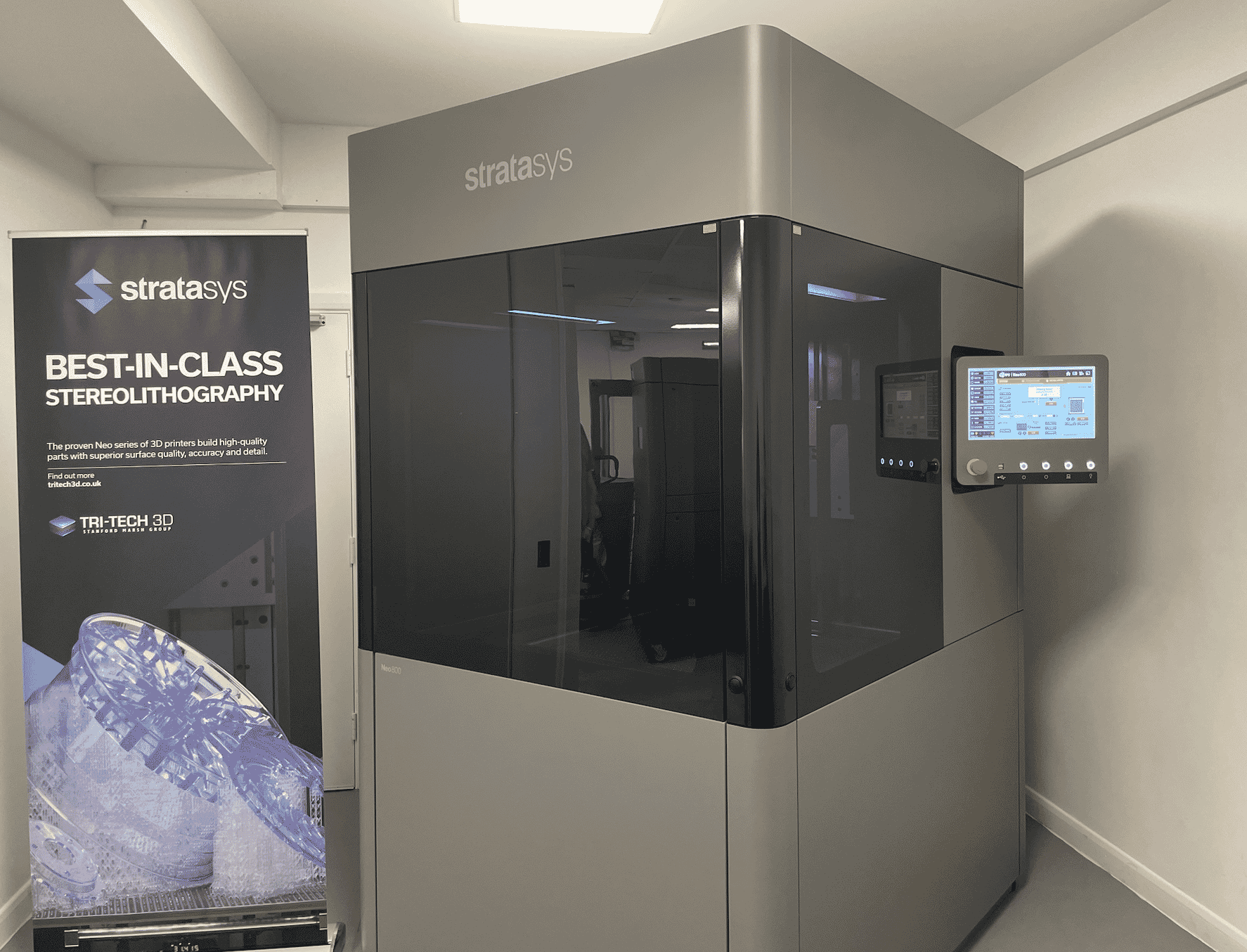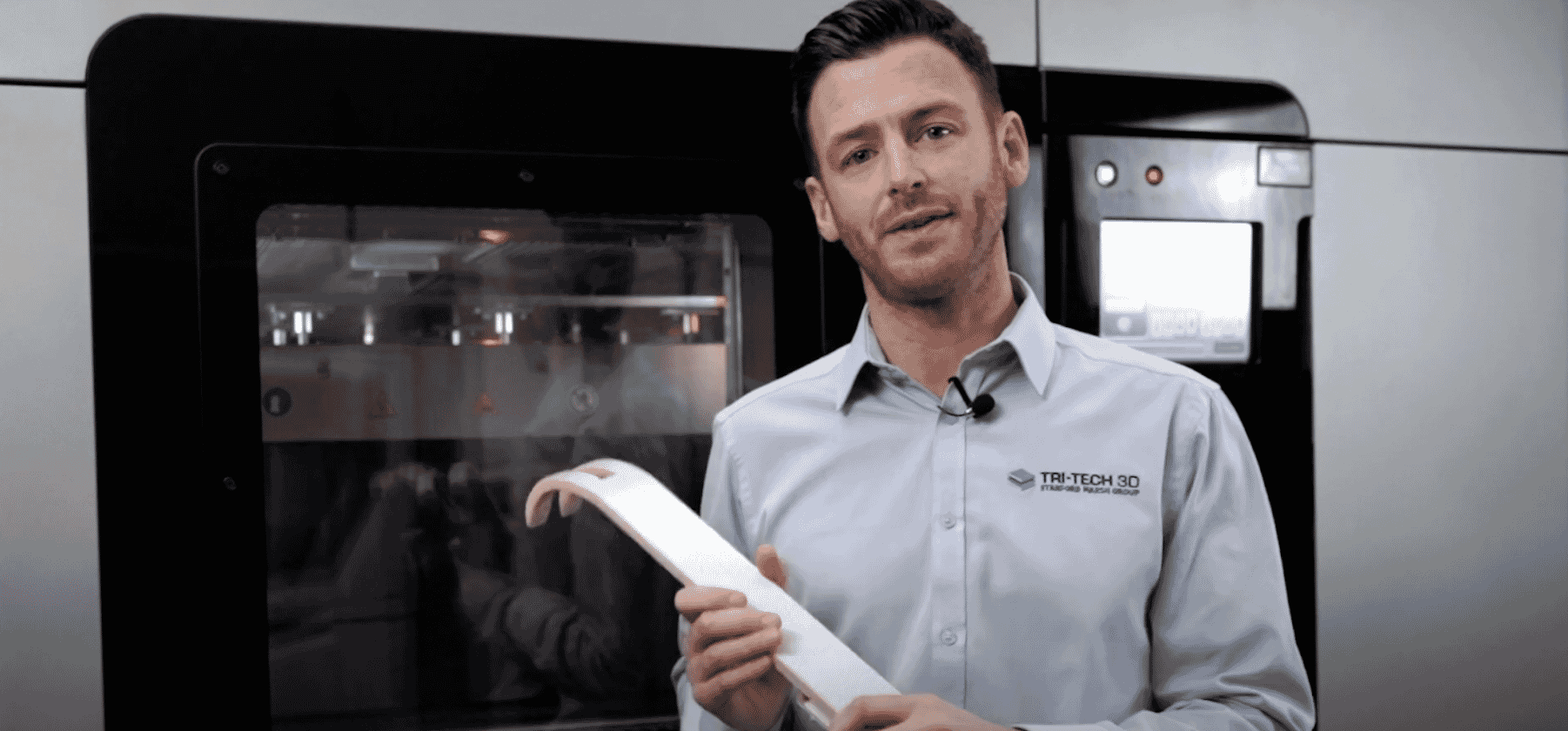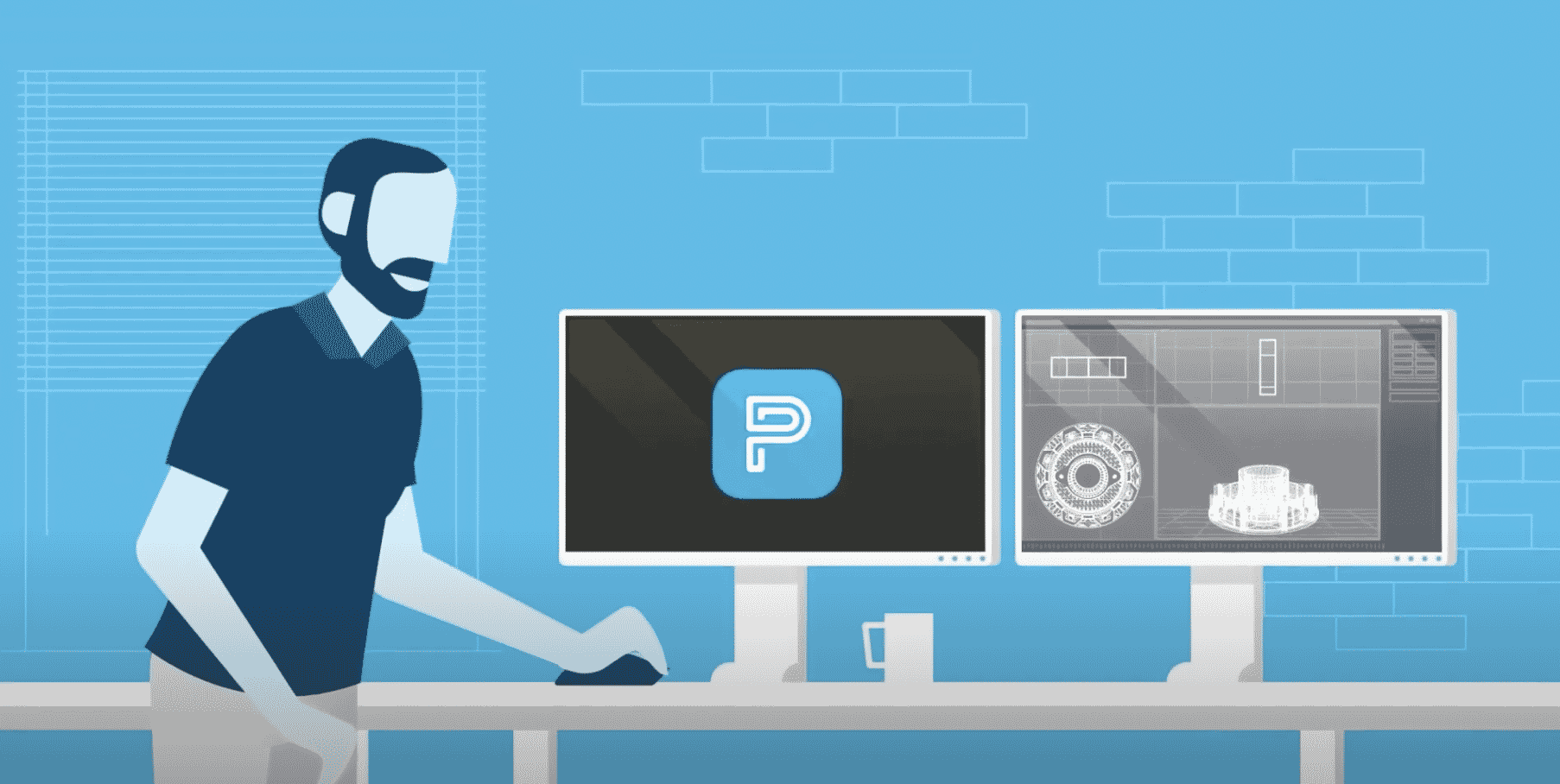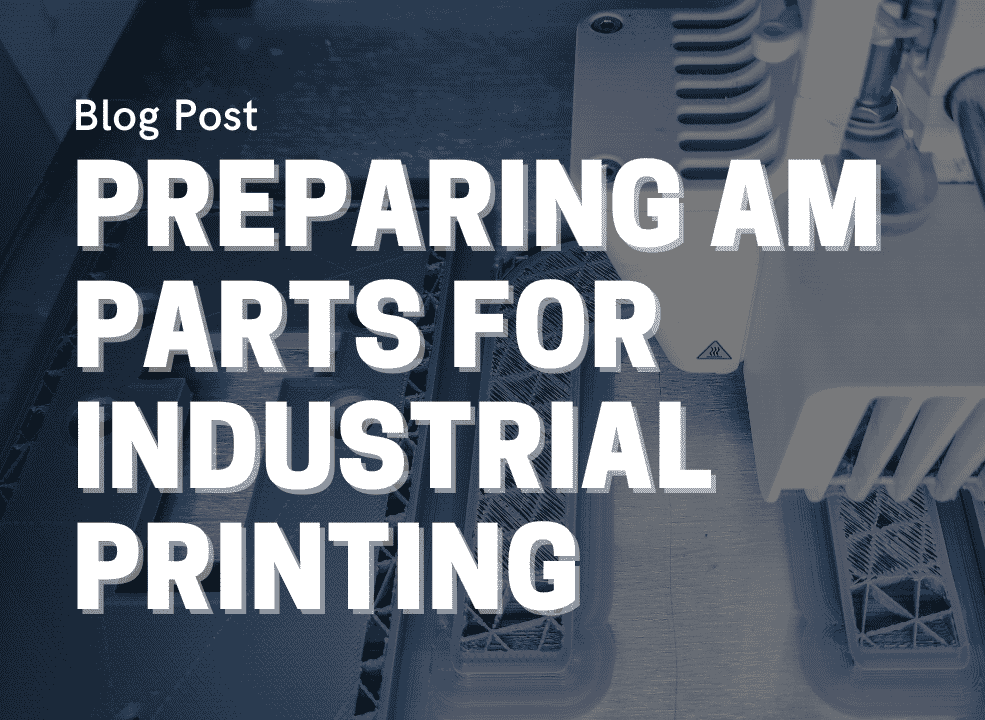Engineering the Onewheel Experience
When was the last time you bought a physical product that delivered an awesome experience? If you’re a Onewheel rider, you know the answer. Onewheel is a personal electric transporation vehicle that looks something like a powered skateboard, but feels much more like snowboarding on fresh powder. It’s the creation of Kyle Doerksen, founder of Future Motion and inventor of Onewheel. Kyle comments:
I grew up in western Canada and I loved the floaty feel of snowboarding on powder and I wanted to have that experience while riding around town
Constantly Innovating
Product innovators like Doerksen and Future Motion are typically leaders in their space, bringing a vision to physical form and creating a market where none previously existed. But being first to market doesn’t necessarily guarantee long-term success. Future Mortion has to move quickly to stay ahead of the fast-followers looking to cash in with copycat ideas. That means constantly innovating to make the Onewheel go faster and farther than the competition. To get there, Future Motion relies on rapid prototyping with 3D printing as a big part of it’s design philosophy.
Doerksen relates:
When it came to building Onewheel, one of the things I was excited about was that we could actually use 3D printing to make components that we could bolt onto a Onewheel and test ride right away. So we’ve used FDM type prototyping extensively from the very first Onewheel prototypes
Engineering an experience like snowboarding when you’re actually rolling over city streets takes a lot of trial and error. Some design ideas can’t be validated with just a CAD model; they simply need to be tried out, often through multiple iterations. It’s another reason why Future Motion engineers reply on FDM 3D printing.
Going further with Carbon-Fibre Nylon
Functional prototyping gets more demanding when the product is a moving vehicle, even a small personal electric vehicle like the Onewheel. Designed to emulate the carving action of a snowboard or surfboard, it’s inevitable that riders will want to push their Onewheel to do more.
Two of Onewheel’s key structural parts are it’s aluminium side rails. But trying out a new rail design calls for time-consuming machining, and puts the brakes on fast idea implementation. As a solution, Future Motion went back to their FDM rapid prototyping philosophy but this time, employed FDM Nylon 12CF.
Kyle comments:
We can print a piece that previously only metal would have been strong enough to meet our performance needs. Now we can print it out of carbon-filled nylon and actually bolt that up and ride it, which really helps us work faster and try new things.
Doerksen beleives they’ll expand the use of 3D printing as new materials become available. Their current FDM printers “are workhorses”, giving Future Motion the capability to produce the parts they need. But as Doerksen relates…
Now the frontier for us is really prototyping in these new materials that are stronger and higher performance, and let us do things that we could never have done before.
For more information about 3D printing with Carbon Fibre material, contact the Tri-Tech 3D Team!

